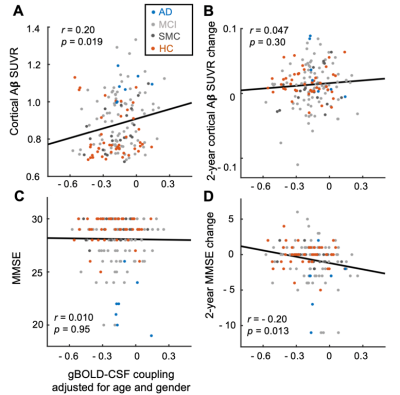Feng Han1, Jing Chen1, Aaron Belkin-Rosen1, Yameng Gu1, Liying Luo2,3, Orfeu M Buxton4, and Xiao Liu1,5
1Department of Biomedical Engineering, The Pennsylvania State University, State College, PA, United States, 2Department of Sociology & Criminology, The Pennsylvania State University, State College, PA, United States, 3Population Research Institute, The Pennsylvania State University, State College, PA, United States, 4Department of Biobehavioral Health, The Pennsylvania State University, State College, PA, United States, 5Institute for Computational and Data Sciences, The Pennsylvania State University, State College, PA, United States
1Department of Biomedical Engineering, The Pennsylvania State University, State College, PA, United States, 2Department of Sociology & Criminology, The Pennsylvania State University, State College, PA, United States, 3Population Research Institute, The Pennsylvania State University, State College, PA, United States, 4Department of Biobehavioral Health, The Pennsylvania State University, State College, PA, United States, 5Institute for Computational and Data Sciences, The Pennsylvania State University, State College, PA, United States
The study used the coupling between the global BOLD signal and CSF flow as a surrogate marker for gauging glymphatic function, and found significant correlations between this coupling metric and cognitive and molecular markers of AD.

Fig. 3. The gBOLD-CSF coupling is correlated with cortical Aβ and cognitive decline. The age-&gender-adjusted gBOLD-CSF coupling strength decreased with increasing cortical Aβ SUVRs at baseline (A) but not their changes in the following two years (B). This gBOLD-CSF coupling is significantly correlated with the 2-year MMSE score changes (C) but not with its baseline (D). The linear regression lines were estimated based on the linear least-squares fitting. Each dot represents a single session.

Fig. 2. The dependency of the gBOLD-CSF coupling on AD risk factors and disease conditions. The strength of the gBOLD-CSF coupling (global BOLD-CSF correlation at +3 sec lag) decreased with age (A; Spearman’s r = 0.24, the linear mixed model with Satterthwaite's method17) and in female participants (B). This gBOLD-CSF coupling (age-&gender-adjusted) also decreased with AD development (C) and with the APOE 𝛆4 allele number carrying (D). Error bar: SEM; session number showed in each bar.